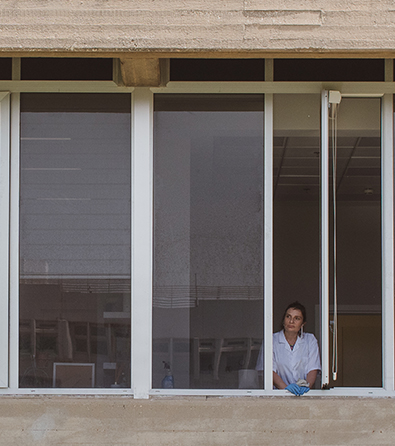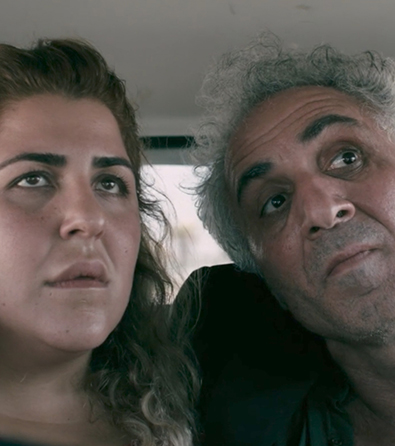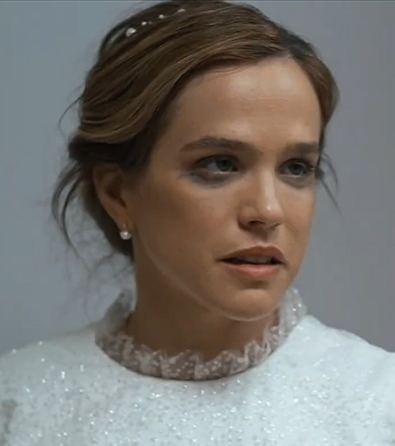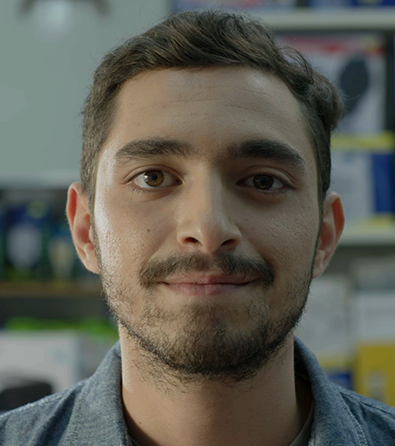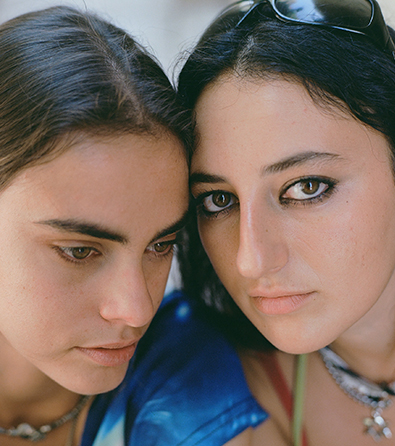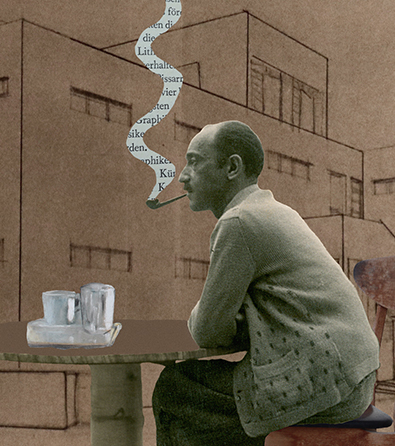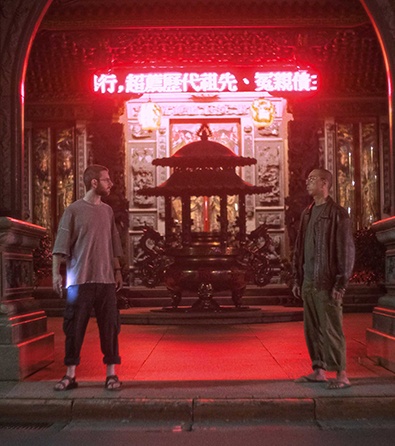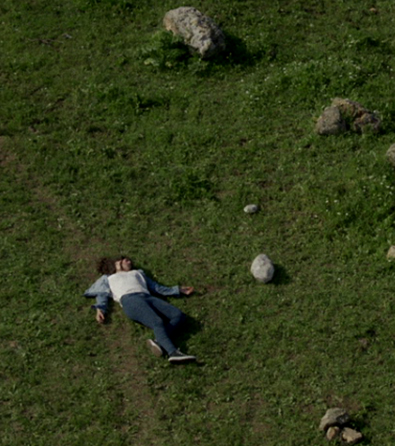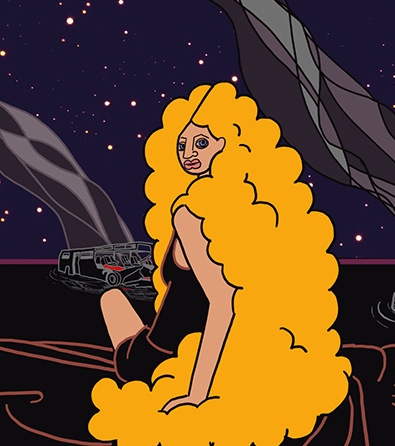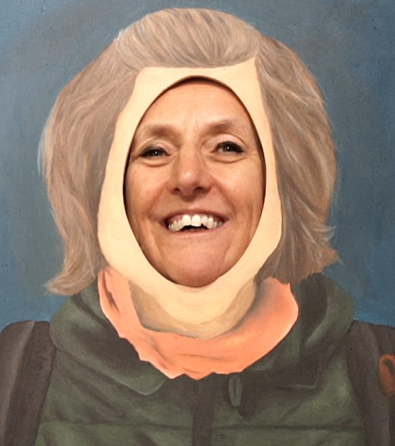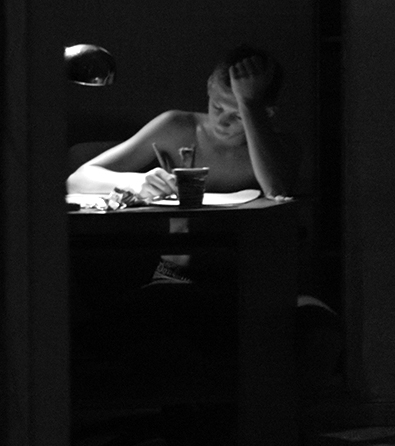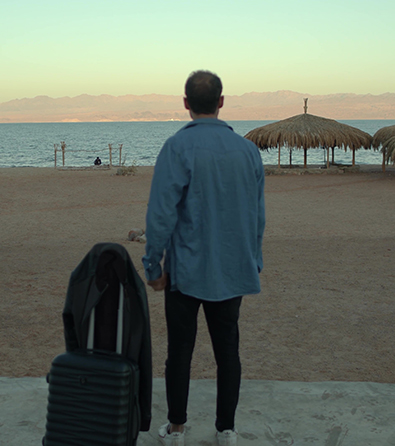Watch the short animation film Animal Locomotion (8 minutes) at the top of the page.
* To watch this film, please approve YouTube/Vimeo cookies via the blue cookie icon at the bottom left of the screen
Animal Locomotion is the title of a defining photo series by the photographer-scientist Eadweard Muybridge (1830-1904), who was the first to create successfully the illusion of figures in motion and, thus considered a pioneer of animation and cinema at large. It is also the title of an experimental mixed-media short film (8 min) by Noga Sirota and Asa Rikin, dazzling in its exploration of the movement and evolution of characters, objects, structures, and symbols on a timeline, examining, among other things, the evolutionary link between the animalistic and the human.
The creator’s choice of title is neither ordinary nor random. Muybridge named his research series Animal Locomotion even though it included, alongside animal photographs – horses, dogs, monkeys, tigers, and more – countless images of humans: women and men, nude or clothed, as well as children. He grouped them all into a single shared category that Sirota and Rikin delve into in their film, focusing on the human developmental process. It starts with primitive man, develops into a civilized and cultural man, only to ultimately returns to primal animality. According to the film’s perspective, the gap between humans and animals is not as big as we hoped or assumed so the title is not just a homage, but also a statement of intent.
The conceptual foundation for the film was born out of the duo’s experience during the COVID-19 pandemic, which caught them in their fourth and final year of animation studies at the Screen Based Arts Department of Bezalel Academy in Jerusalem. “It was during the second lockdown,” they recall, “at the height of the anti-Netanyahu protest demonstrations, and the feeling was very apocalyptic.” This end-of-the-world atmosphere raised disturbing questions that became triggers driving the film. What will happen if the world comes to an end and we are no longer obliged to be “humans”? Will we, upon removing all human and cultural masks, revert to being “animals”? Will we discover that all cultural mechanisms were designed to prevent humans from indulging in their desires or simply wallowing in mud? The film, ending with what the directors call an “end-of-the-world party,” offers rather pessimistic answers regarding humanity’s ability to maintain a human facade after the collapse of cultural obligations and frameworks.
“We are both pretty programmed people,” Sirota explains when asked about their focus on frameworks in general and breaking them in particular, “for us, the very idea that we don’t need to get up tomorrow morning for work is a celebration.” From this place stems their need to explore models of social order and anarchy on several levels, as well as to search for “the next evolutionary step of man” or what Rikin calls “the next aspiration of humans.”
From the early stages of the creative process, they realized that they preferred to be dedicated to formal and material research rather than to follow a narrative course and to create through it and a variety of media “a visual experience that one can immerse in”. Indeed, watching the film offers a dramatic, kaleidoscopic experience full of contrasts: beauty and harmony versus chaos and violence, the individual versus infinite replication, passions versus religion and sanctity, history versus modernism, culture versus animality, and more. This hyperbolic blend, straddling the line between animation and video art, includes, among other things, Christian motifs and icons, cave paintings of primitive humans, Spanish bullfighters, and symbols from American pop culture, drawing inspiration from Darwin, Georges Bataille, and others. Additionally, the creators intentionally exposed the craft of weaving between different media and techniques incorporated in the film, making it an integral part of the film’s visual language; from painting on glass under the camera, through creating collage floors, to classic animation, stop-motion, and after-effects.
At first glance, it might be hard to discern a clear organizing principle, but in fact, the sequences of images are organized along two timelines that progress and develop both conceptually and formally in parallel. “One timeline moves forward, presenting the development from primitive man to a state where man knows everything,” Sirota explains the film’s central concept, “but in parallel, there’s another timeline that goes backward from the stage where man indeed knows everything, but his knowledge and culture are not useful anymore, so he returns to primitiveness.”
These days, the two are finalizing their mutual independent film, These Weighted Stones, focusing on the history of Jerusalem. It continues and expands their experimental path and formal research, this time with an emphasis on architecture.
Animal Locomotion was produced as an undergraduate final project at the Department of Screen-Based Arts, Bezalel Academy of Arts and Design, in 2019.
The short animation film Animal Locomotion is available to watch at the top of the page.
